How Nissan Could Transform Mobility and Driving in the Future

The future is always under development. Yesterday’s breakthroughs are today’s ordinary items.
Ahead of this year’s Los Angeles Auto Show, Nissan hosted an event that hints at how the automaker sees transportation evolving in the coming decades, and possibly where it will make big bets going forward.
The latest Nissan Futures event brought in futurists, researchers, business moguls and academics to share their thoughts on what’s to come and how societal changes will affect our lives. Through various panel discussions and one-on-one chats, a sense of the automaker’s plans came into focus.
SEE ALSO: 2019 Nissan Altima Review – VIDEO
“Nissan does not only exist to sell cars,” said Denis Le Vot, the Japanese automaker’s North American chairman. He noted they want to enrich the lives of people through innovation, a task that’s easier said than tangibly accomplished.
This special event dovetails perfectly with Nissan’s Intelligent Mobility strategy, which focuses on syncing communities, motorists and their vehicles to improve the world, in short, to make driving safer, smarter and easier for everyone.
Transforming Cities
One facet of this strategy that might prove to be the most impactful is improving cities around the world, though arguably it could be the most challenging. During a panel discussion Rob Jernigan, the regional managing principal of Gensler, a design and architecture firm said that in the future, “I hope I don’t own a car,” an odd thing for a guest to say at an event hosted by an automaker.
ALSO SEE: Nissan Altima vs Maxima: Which Sedan is Right For You?
But Jernigan has good reasons for wanting to sidestep vehicle ownership. The availability of ride-sharing services like Uber and Lyft, the cost of parking and environmental concerns are all working to undermine personal transportation.
Car utilization is an important concern. Jernigan noted today’s vehicles are typically only used 5 percent of the time, spending the vast majority of each day motionless in a parking space. Car sharing could be a helpful way of reducing the cost of ownership while lowering roadway congestion.
Still, many people across the country cannot live without a vehicle. “It’s an important statement, still, and means to get around,” said Rachel Nguyen, during the same discussion. She’s the executive director of the Nissan Future Lab. But what might change in the next decade is ownership trends. “I think you won’t have multiple cars in your household,” she noted.
Families with small children are a major issue preventing the wider adaptation of ride-sharing services. What mother or father is going to move car seats into and out of a stranger’s vehicle? “I used to say I would never put my kid in an Uber,” said Nguyen, though she “stopped saying ‘I would never.’”
ALSO SEE: Where is Nissan From and Where are Nissans Made?
If, in the future as many pundits seem to prognosticate, there are fewer vehicles on the road, the spaces normally allocated to cars and trucks could be dramatically repurposed. “I think the city will become much greener,” said Jernigan, as municipalities reclaim roads and sidewalks. “How do we start living smarter?” he also asked.
SEE ALSO: Complete 2018 Los Angeles Auto Show Coverage
One answer is off-peak living. Jernigan said this means not everyone works from 9:00 a.m. to 5:00 p.m. If folks had different schedules this could dramatically reduce congestion, possible to the point where road space could be used for other things at certain hours. A restaurant, for instance, might be able to put tables and chairs out on the street to seat more guests.
Micro-Mobility, The Future of Transportation?
Micro-mobility is another potentially transformative idea that’s already starting to make a difference. Hordes of electric scooters are popping up in cities across the U.S. and elsewhere in the world, providing a so-called “final mile” transportation solution.
Lime is one of these mobility providers, offering battery-powered scooters that help people get where they need to go. Speaking at the Nissan Futures event, Andrew Savage, vice president and head of sustainability at Lime said, “The technology has sort of hit primetime,” and is growing in popularity. Currently, their scooters are in more than 100 markets on five continents.
Lime is growing in Europe and they’ve had huge success in California. About one-third of the residents in Oakland use their scooters, which is absolutely huge.
But not everyone loves scooters, particularly non-wheeled pedestrians. Keeping them in check, Savage said cities and municipalities can apply geofencing to keep riders out of certain areas. They can also limit their top speed, something Santa Monica, California, has already done, in order to keep its bike lanes safer.
Artificial Intelligence and the Self-Driving Revolution
Artificial intelligence could further improve transportation in the future. If vehicles can make decisions for themselves, they can be far more efficient. Imagine a car that never crashes. If it can’t get into an accident it needs no crumple zones or safety equipment, meaning it can be dramatically lighter and even completely reimagined compared to today’s cars and trucks.
But as Jernigan mentioned during his discussion, full autonomy isn’t coming anytime soon. There are simply too many challenges around building completely self-driving cars at this time.
SEE ALSO: Top 10 Vehicles We’re Embarrassed to Like – VIDEO
And a prime example of this is getting on the highway. “Staying out of the way is not enough,” said Anca Dragan, head of the InterACT Lab at UC Berkeley. She explained that merging is something of a dance that takes place between several drivers. “How do you get a car to take part in that negotiation?” she asked. “How does an engineer sit down and define that [interaction]?” Those are difficult questions for anyone to answer right now.
Even if full autonomy isn’t currently available, the pace at which technology is advancing might make it a reality sooner than some realize. Steven Kotler, a New York Times best-selling author and another speaker at the Nissan Futures event said in five years the average $1,000 laptop will have the same computing power as the human brain. He noted that bio-technology is doubling every four years. Even your run-of-the-mill smartphone, the electronic device so many of us walk around with in our pockets and purses, the technology they contain, from GPS sensors and cameras to wireless charging and internet connectivity, would have cost $1.5 million in the 1980s.
It’s certainly an exciting time to be alive. Nissan and rival companies will continue pushing forward to advance new technology, to transform transportation as we know it, one innovation at a time.
ALSO SEE: Nissan Rogue vs Murano: Which SUV is Right for You?
Discuss this story on our Nissan Forum

Born and raised in metro Detroit, Craig was steeped in mechanics from childhood. He feels as much at home with a wrench or welding gun in his hand as he does behind the wheel or in front of a camera. Putting his Bachelor's Degree in Journalism to good use, he's always pumping out videos, reviews, and features for AutoGuide.com. When the workday is over, he can be found out driving his fully restored 1936 Ford V8 sedan. Craig has covered the automotive industry full time for more than 10 years and is a member of the Automotive Press Association (APA) and Midwest Automotive Media Association (MAMA).
More by Craig Cole



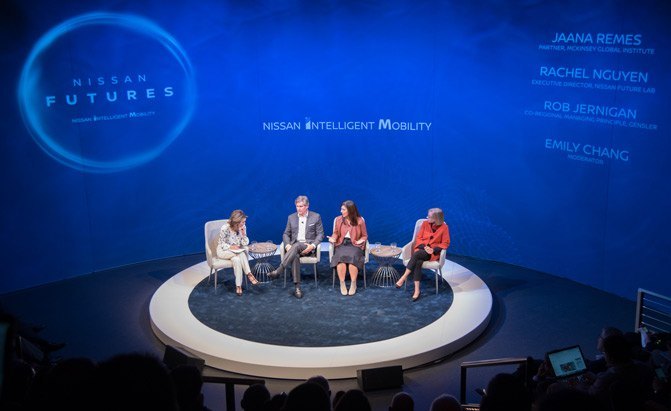
















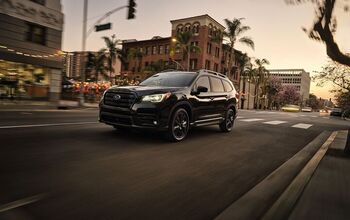



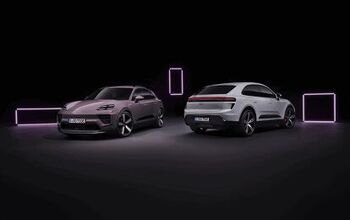
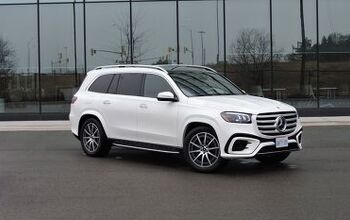


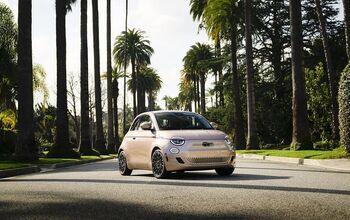
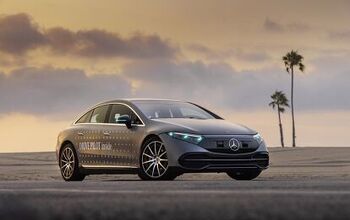
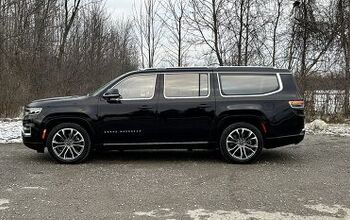



Comments
Join the conversation